Nature doesn’t do boring—just look at the animals that show up in green.
Not leafy, not grassy—alive, slithering, leaping, glowing green.
These creatures look like they were dipped in emerald paint or built to blend with alien planets. Some are stunningly beautiful. Others are just plain weird. A few might even make you do a double take and ask, “Is that real?”
From rainforest tree frogs to electric lizards and bugs that shimmer like walking jewels, evolution got bold with the color palette—and went wild with the designs.
If you thought green was just for plants, think again.
These animals wear it better.
Green Tree Python
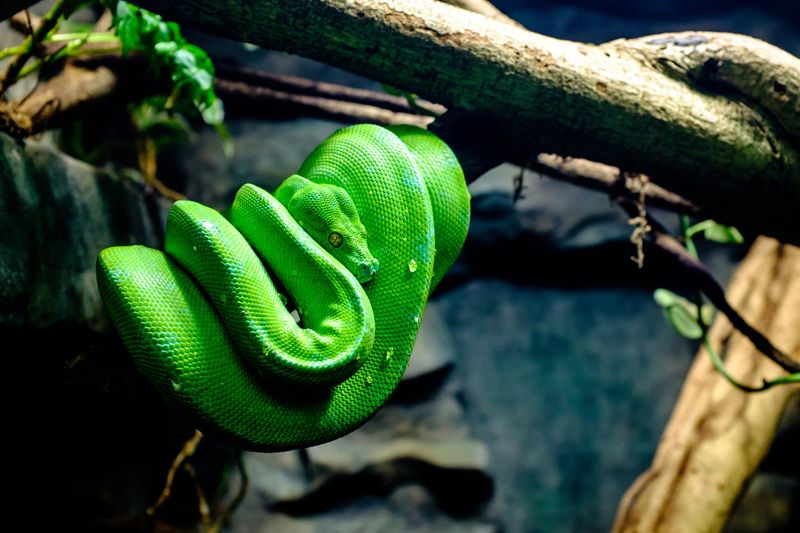
The green tree python, with its striking emerald hue, seems like a piece of living art in the rainforest canopy. Its color offers camouflage among the foliage, helping it ambush prey. Observers might be surprised to learn these pythons are not born green but start life in shades of yellow or red.
As they mature, their color transforms into the vivid green that makes them so admired. This change aids their survival, as they blend with the rainforest’s lush greenery. Their nocturnal hunting habits showcase their adaptability and cunning nature.
Emerald Green Sea Turtle

Gliding through the ocean with grace, the emerald green sea turtle is a marvel of marine life. Its greenish skin and shell are due to the algae and seagrasses in its diet. These turtles play a crucial role in maintaining healthy marine ecosystems by grazing on seagrass beds.
Their long migrations are a testament to their endurance and navigational skills. Sadly, they face threats from habitat destruction and poaching. Conservation efforts aim to protect these gentle creatures, ensuring that future generations can witness their serene beauty.
Parrotfish
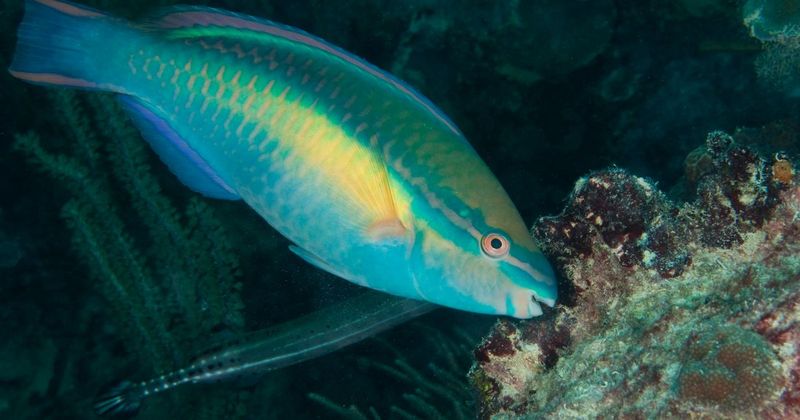
With a beak reminiscent of a parrot’s, the parrotfish is a colorful resident of coral reefs. Its vibrant green scales and distinctive dental structure are evolutionary adaptations for a coral-rich diet. Their feeding habits play a vital role in coral health, as they clean algae that can suffocate reefs.
Interestingly, parrotfish can change sex and color throughout their lives, adding another layer to their fascinating biology. These transformations ensure genetic diversity and population balance, showcasing evolution’s resourcefulness.
Green Anole
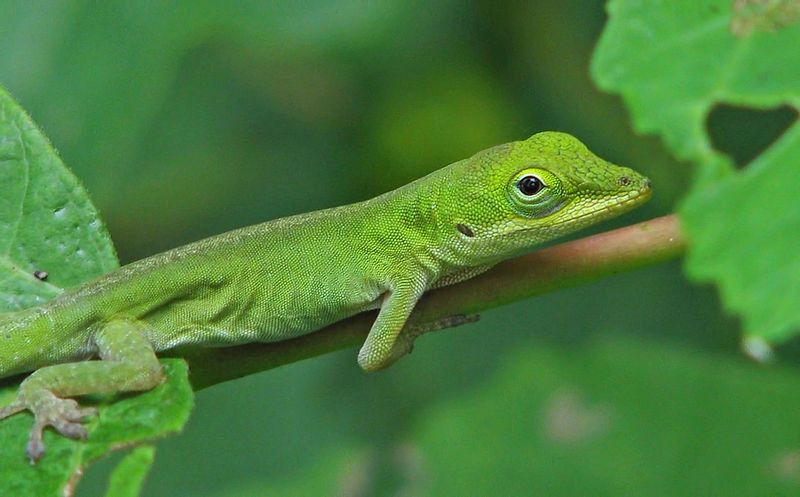
The green anole, often mistaken for a chameleon, is a tiny marvel of adaptability. Its ability to change color, although not as pronounced as true chameleons, is a response to temperature, mood, and social signals. They are common in the southeastern United States, where they dart through gardens and forests with agility.
These lizards display a unique throat fan, or dewlap, which is used in courtship and territorial displays. Their presence enriches the biodiversity of their habitats, offering insights into ecological interactions.
Kea Parrot
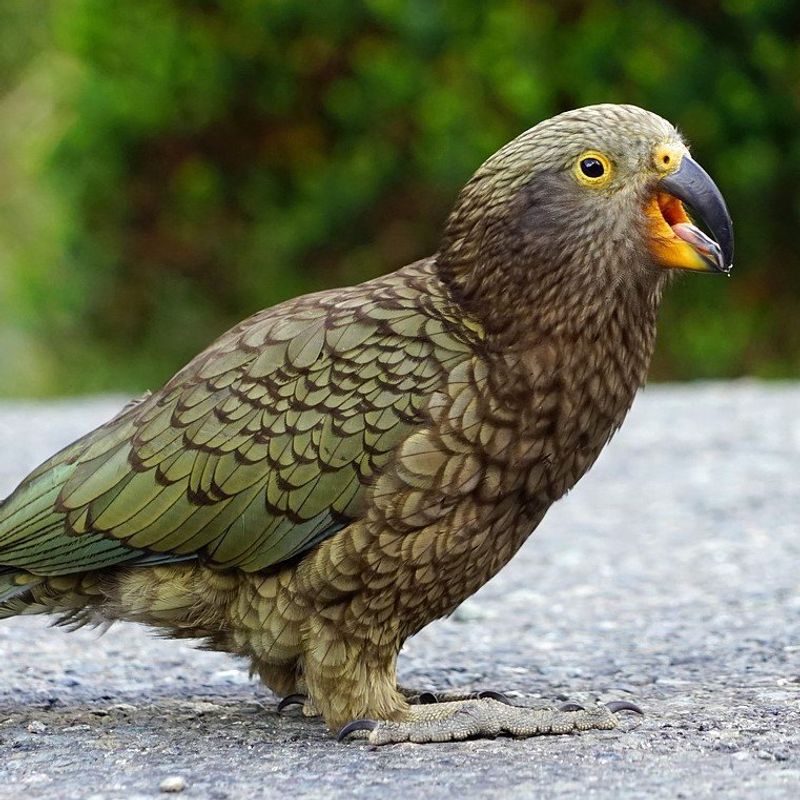
In the rugged landscapes of New Zealand, the kea parrot stands out, not just for its olive-green feathers but also for its playful intelligence. Known as the only alpine parrot, the kea’s curiosity often leads it to investigate human belongings, earning it a reputation as a cheeky bird.
Their social nature and problem-solving skills have been subjects of numerous studies. Despite their charm, keas face threats from habitat loss and human conflict, highlighting the need for conservation efforts.
Green Mamba
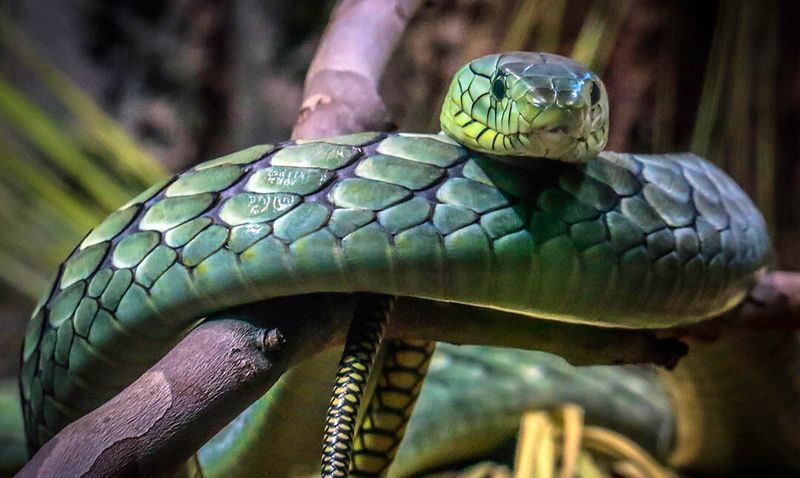
The green mamba, with its smooth, vibrant scales, is as mesmerizing as it is dangerous. Found in the trees of African forests, its color acts as an effective camouflage. This snake relies on its agility and speed to hunt and evade predators.
Despite its venomous bite, the green mamba is shy, avoiding humans when possible. This behavior contrasts with its fearsome reputation, reminding us of the complexity of nature. Their role in controlling pest populations underscores their ecological importance.
Green Iguana
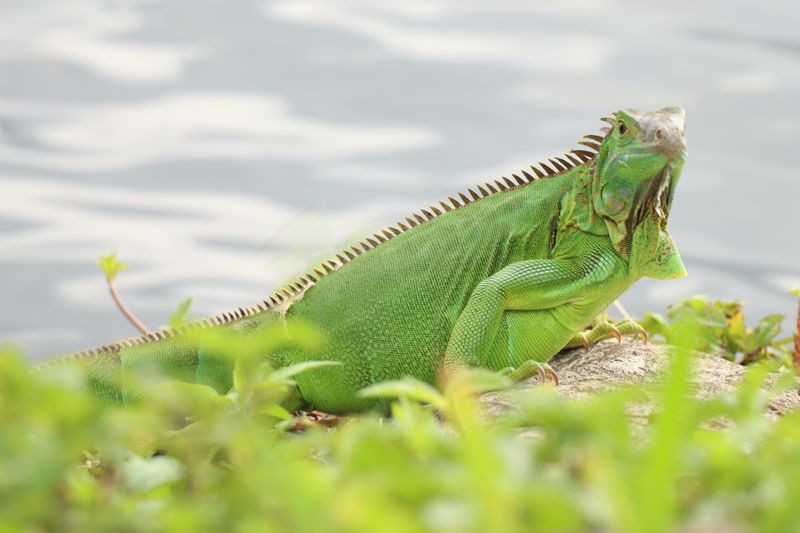
Basking in the sunshine, the green iguana is a familiar sight in Central and South American habitats. Its spiny back and vivid color make it a standout species. As herbivores, they contribute to plant population control, maintaining ecological balance.
These reptiles are adept climbers, often seen in treetops or near water. Interestingly, iguanas can detach their tails to escape predators, a fascinating survival mechanism. This trait illustrates the diverse strategies animals evolve to thrive in the wild.
Green Peafowl
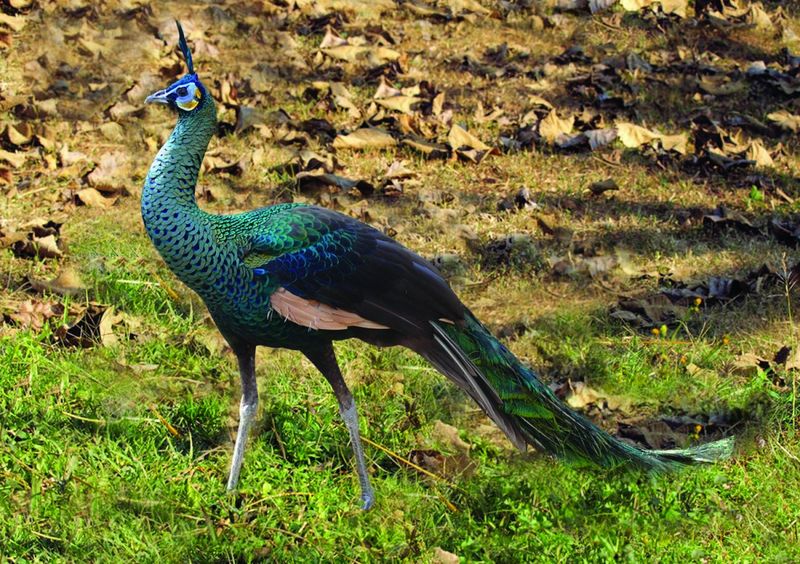
The green peafowl, with its resplendent plumage, is a spectacle of iridescence. Native to Southeast Asia, these birds are symbols of beauty and grace. Unlike their Indian counterparts, male and female green peafowls share similar vibrant hues, a rare trait among peafowl.
Their loud calls echo through forests, serving as both mating calls and territorial warnings. Sadly, habitat destruction threatens their existence, making conservation efforts critical. Their presence in folklore and culture highlights their long-standing relationship with humans.
Green Sea Slug
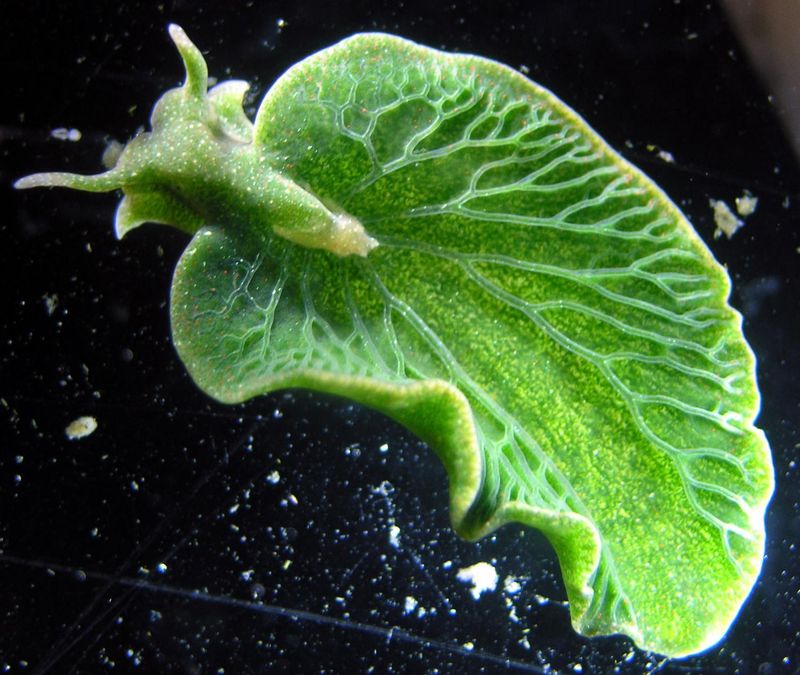
Defying expectations, the green sea slug resembles a leaf as it glides through the ocean. This unique creature absorbs chloroplasts from algae it consumes, enabling it to photosynthesize like a plant. Such adaptations highlight the blurred lines between animal and plant kingdoms.
Their ability to harness solar energy is a rare evolutionary feat, showcasing nature’s ingenuity. Found in the Atlantic Ocean, these slugs contribute to the intricate tapestry of marine life, reminding us of the ocean’s unexplored wonders.
Green Tree Frog
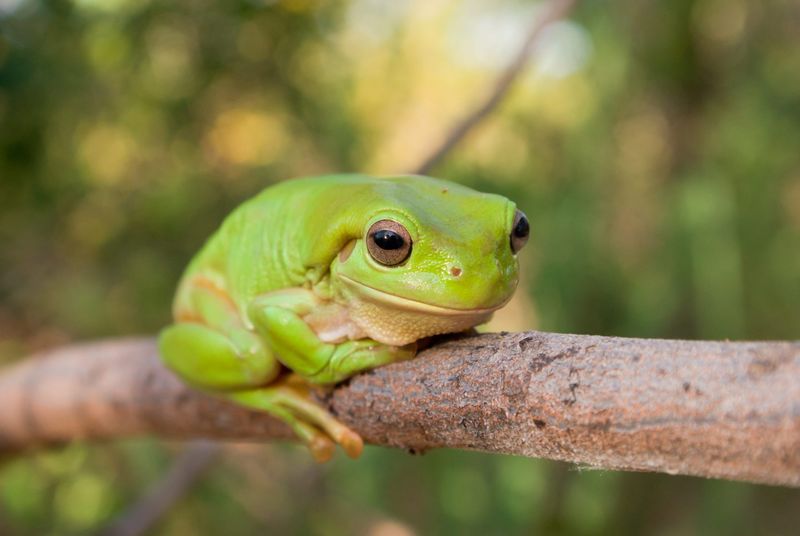
Inhabiting the wetlands of Australia, the green tree frog is a master of disguise and adaptation. Its vivid green skin camouflages it among leaves, aiding in hunting and evasion. These frogs have a tranquil presence, often found near water bodies.
Their croaks are familiar nighttime sounds, adding to the symphony of the wild. Interestingly, their skin secretes a substance with potential medicinal properties, showcasing their ecological and biological significance.
Green Basilisk
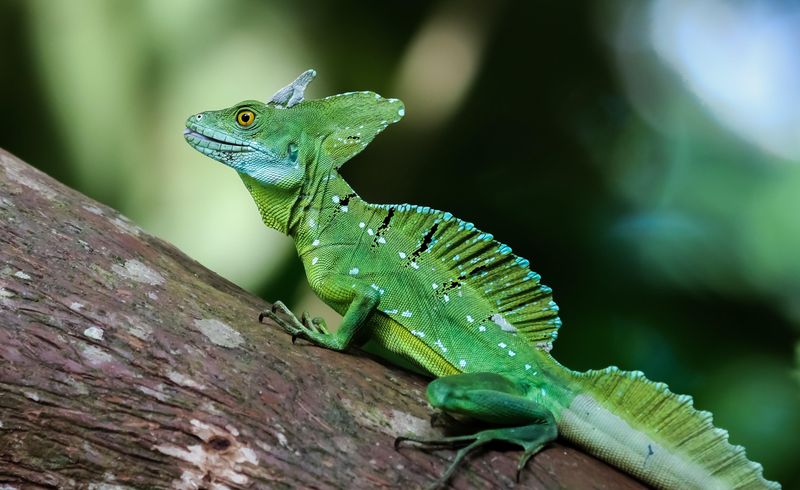
Known for its ability to run on water, the green basilisk is a marvel of agility and speed. This Central American lizard, often dubbed the “Jesus Christ lizard,” uses its large feet and swift movements to escape predators.
Its vibrant scales and striking frills add to its formidable appearance. The basilisk’s unique locomotion is an example of evolutionary innovation, allowing it to thrive in diverse environments. These lizards are a testament to nature’s creativity and adaptability.
Green Catbird
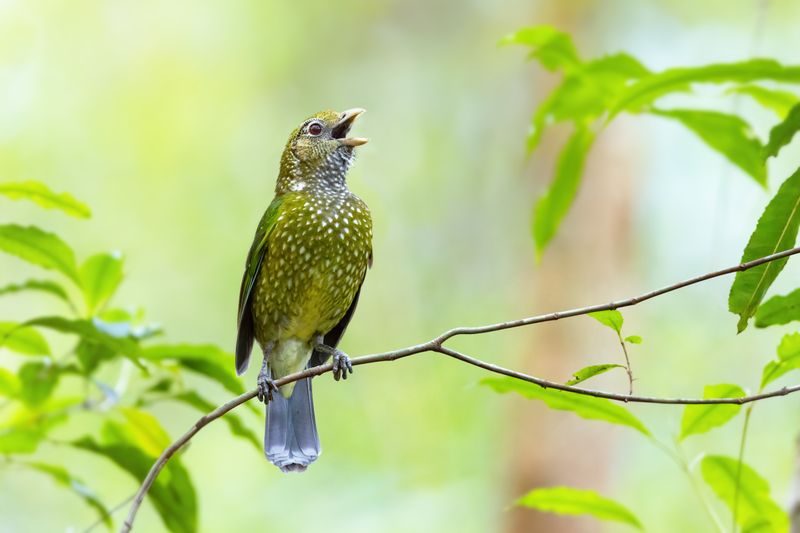
Amidst the lush rainforests of Australia, the green catbird’s call resembles a feline’s meow, earning it its unique name. Its green plumage provides excellent camouflage among the leaves, making it a skilled insect hunter.
These birds are part of the bowerbird family, known for their complex courtship behaviors. Their calls and presence contribute to the rich acoustic environment of their habitats. The green catbird is a reminder of the diverse avian life thriving in Australia’s ecosystems.
Green Sea Anemone
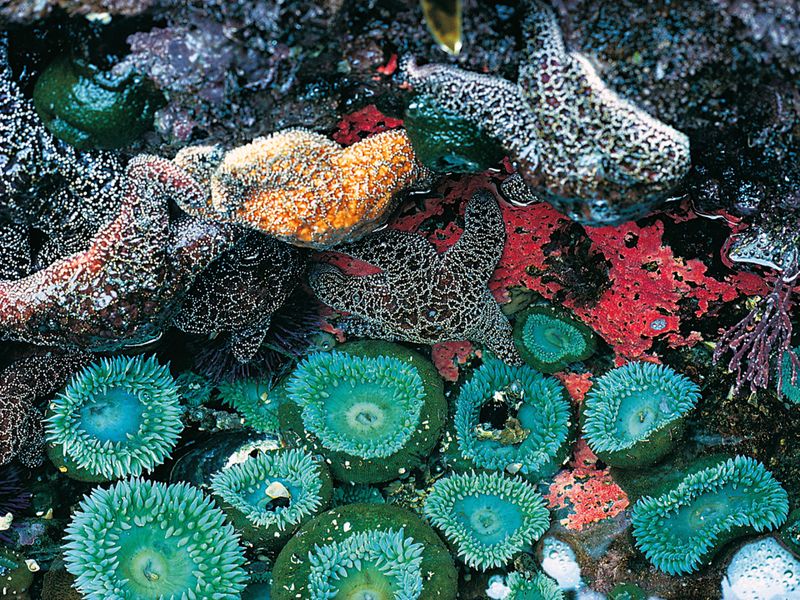
Nestled in tidal pools, the green sea anemone appears like a living jewel of the ocean. Its tentacles, adorned with vibrant green hues, sway gently with the currents. These creatures exhibit a mutualistic relationship with algae, hosting them in their tissues.
This symbiosis enhances their color and energy intake, exemplifying nature’s cooperative strategies. Despite their flower-like appearance, sea anemones are predatory, capturing small fish and invertebrates with their tentacles. They serve as a key component in marine ecosystems.
Green Poison Dart Frog
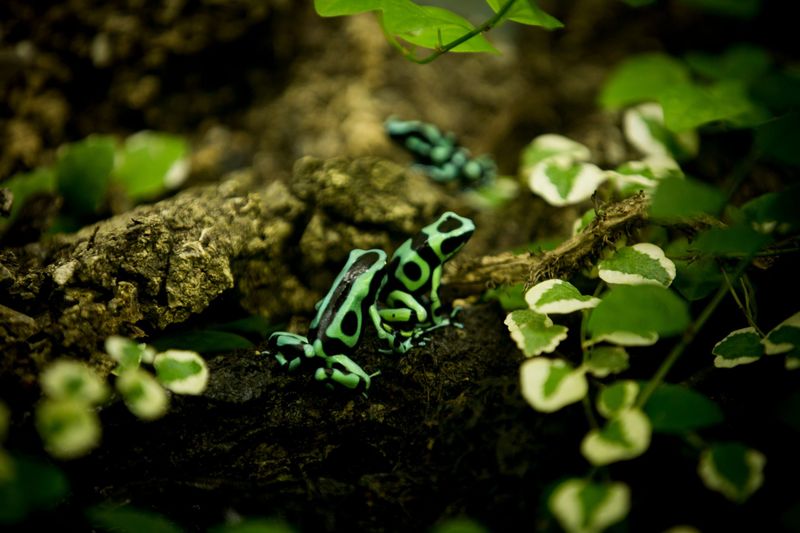
A symbol of both beauty and danger, the green poison dart frog stands out with its vivid coloration. Indigenous to the rainforests of Central and South America, these frogs secrete potent toxins from their skin.
This defense mechanism deters predators, showcasing the frog’s evolutionary adaptations. Despite their small size, they play a significant role in their ecosystems as both predator and prey. Conservation efforts are crucial to preserve their fragile habitats.
Green Rosella

Endemic to Tasmania, the green rosella is the largest of its species, with striking green and yellow feathers. These parrots are known for their melodious calls and social behavior. They thrive in a variety of habitats, from woodlands to gardens.
Their diet consists mainly of seeds and fruits, playing a role in seed dispersal. Their vibrant presence and playful interactions add to the charm of Tasmanian forests.
Green Dragontail Butterfly
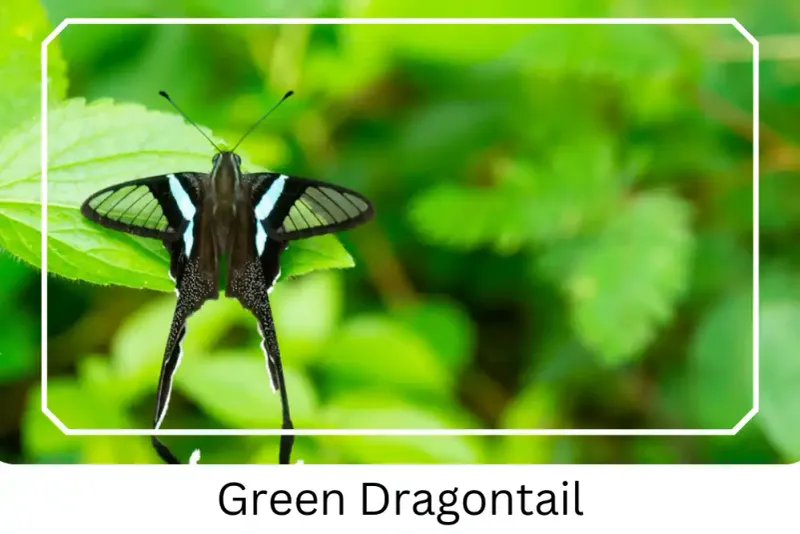
With its unusual wing shape and delicate appearance, the green dragontail butterfly is a rare gem of the insect world. Found in Southeast Asia, its transparent wings and tail-like extensions are unlike any other butterfly.
Their flight is a graceful spectacle, hovering over flowers and sipping nectar. This butterfly’s unique morphology is a result of evolutionary refinement, showcasing the marvels of adaptation.

